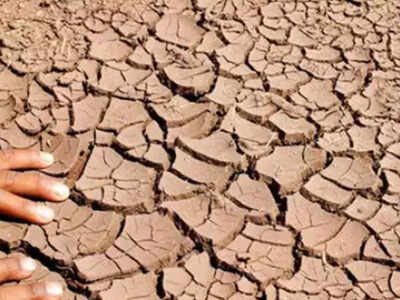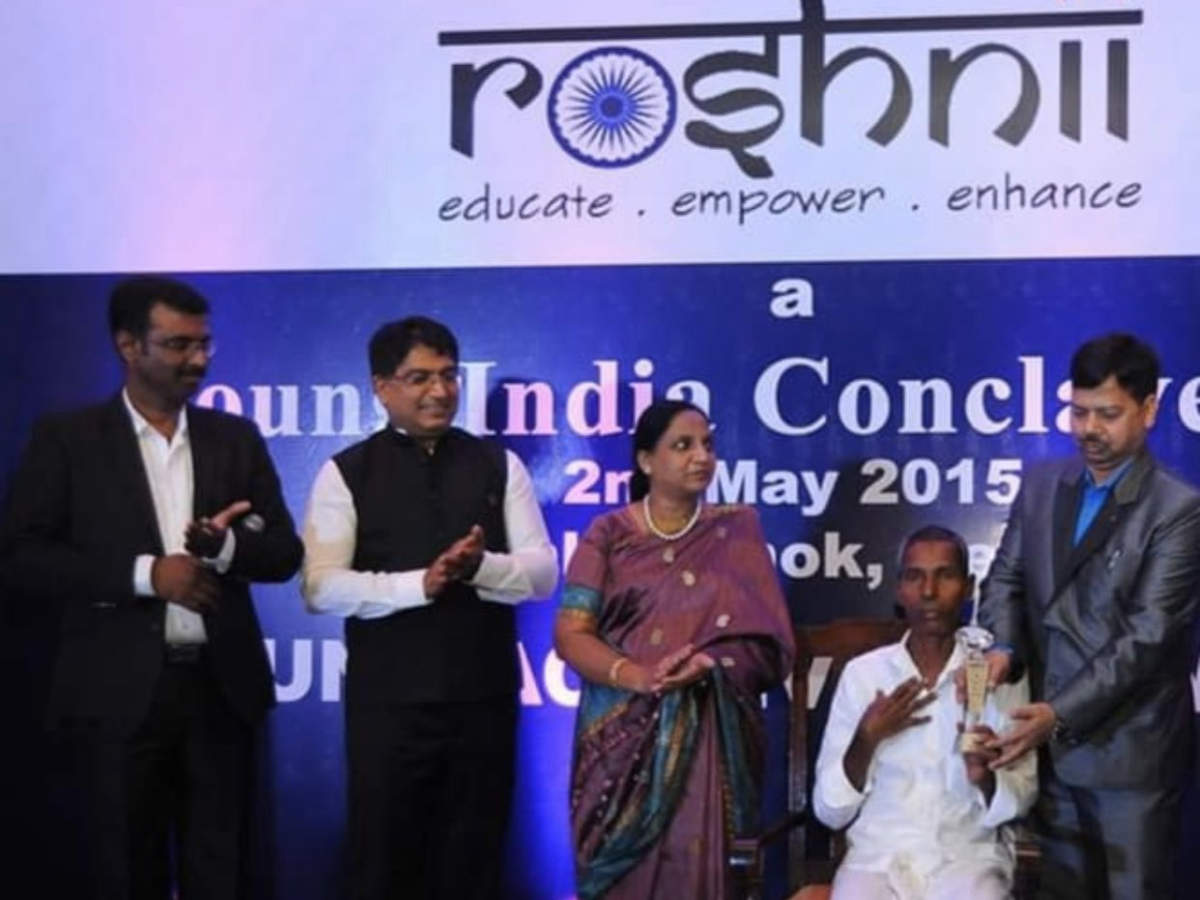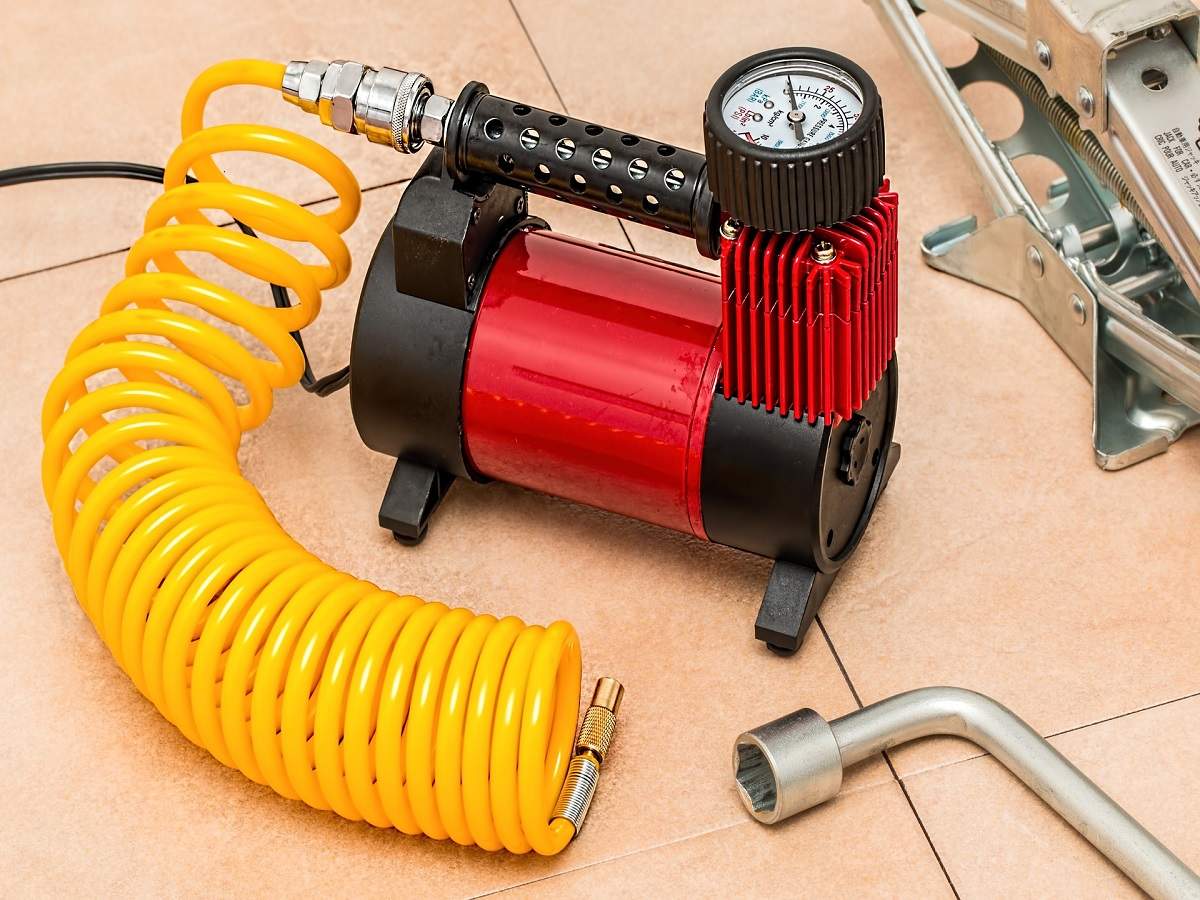
CHENNAI: No sooner had Union finance minister Nirmal Sitharaman promised “comprehensive measures” for 100 water-starved districts than Tamil Nadu chief minister Edappadi Palaniswami raised his hand. “All water-starved districts in the state should be chosen for the Centre’s special programme and big funds have to be allocated,” said the chief minister.
EPS was being ambitious, but not without a reason. Drought-like conditions have been spreading across Tamil Nadu at an alarming pace, partly because of its inherent nature of its vast parts being in the rain-shadow region and partly because of climate change. Monsoon failure has left the state’s groundwater table overexploited. An assessment by the state public works department shows more than 60% of the state is short of water, the worst districts being Tiruvannamalai, Salem, Vellore, Thanjavur and Tirupur. Many of the districts including Chennai and Coimbatore overdraw groundwater.
Having been excluded from the Centre’s Atal Jal mission launched in seven states to strengthen groundwater resources, Tamil Nadu is keen to get a bigger pie from the proposed scheme. In December, the chief minister wrote to Prime Minister Narendra Modi, pointing out that 541 of the 1,166 firkas (revenue sub-divisions) in Tamil Nadu fall under the ‘critical’ and ‘over-exploited’ categories and they should be included in the Atal Jal programme. The Centre did not respond.
In Vellore, 33 of the district’s 52 firkas and 37 of the 52 in Tiruvannamalai have been found to be overexploited. Lack of flow from neighbouring states have compounded the problem. A Ashokan, a member of a non-profit called Reversal of Ecology Committee, Vellore, said construction of check dams and increasing the height of dams across the Palar by the Andhra Pradesh government have led to further drying up of Tamil Nadu’s northern districts. “Even those living along the banks of rivers struggle for drinking water. Governments of the past and the present looked at water only as an election issue,” Ashokan said.
EPS was being ambitious, but not without a reason. Drought-like conditions have been spreading across Tamil Nadu at an alarming pace, partly because of its inherent nature of its vast parts being in the rain-shadow region and partly because of climate change. Monsoon failure has left the state’s groundwater table overexploited. An assessment by the state public works department shows more than 60% of the state is short of water, the worst districts being Tiruvannamalai, Salem, Vellore, Thanjavur and Tirupur. Many of the districts including Chennai and Coimbatore overdraw groundwater.
Having been excluded from the Centre’s Atal Jal mission launched in seven states to strengthen groundwater resources, Tamil Nadu is keen to get a bigger pie from the proposed scheme. In December, the chief minister wrote to Prime Minister Narendra Modi, pointing out that 541 of the 1,166 firkas (revenue sub-divisions) in Tamil Nadu fall under the ‘critical’ and ‘over-exploited’ categories and they should be included in the Atal Jal programme. The Centre did not respond.
In Vellore, 33 of the district’s 52 firkas and 37 of the 52 in Tiruvannamalai have been found to be overexploited. Lack of flow from neighbouring states have compounded the problem. A Ashokan, a member of a non-profit called Reversal of Ecology Committee, Vellore, said construction of check dams and increasing the height of dams across the Palar by the Andhra Pradesh government have led to further drying up of Tamil Nadu’s northern districts. “Even those living along the banks of rivers struggle for drinking water. Governments of the past and the present looked at water only as an election issue,” Ashokan said.
Get the app









